Anian Park (애니언파크(울산 반려동물 문화센터))
16.0Km 2024-10-30
108 Hogyemaegok 6-ro, Buk-gu, Ulsan
Anian Park is the first pet culture complex in the southeastern region of Korea, divided into separate sections for large and small breeds of dogs. The complex is complete with a playground, water play zone, pet bath and more. The facility also offers etiquette classes for pets and owners, as well as certification programs.
Homeplus Stores - Ulsan Buk-gu Branch [Tax Refund Shop] (홈플러스스토어즈 울산북구)
16.3Km 2024-04-23
26, Sindap-ro, Buk-gu, Ulsan
-
Ganjeolgot Sunrise Festival (울산 간절곶 해맞이)
16.5Km 2024-11-20
189 Ganjeolgothaean-gil, Seosaeng-myeon, Ulju-gun, Ulsan
+82-52-980-2232
Ganjeolgot Cape in Ulsan is the first place in Korea to see the the sunrise each day, with its end point sticking out into the ocean. The cape is the site of the annual New Year’s Sunrise Festival. The festival starts at sunset on December 31 and is filled with a wide range of performances that last throughout the night. At first light, people can be seen quietly standing with their hands clasped together, making a wish on the newly born year as they watch the sun rise over the ocean.
Ganjeolgot Lighthouse (간절곶 등대)
16.6Km 2025-10-23
39-2 Ganjeolgot 1-gil, Ulju-gun, Ulsan
+82-52-239-6313
The sunrise along the East Coast can be viewed earliest at Cape Ganjeolgot in Daesong-ri, Uljin-gun. The breathtaking view of the sunrise can be seen a minute earlier than Cape Homigot in Yeongilman Bay and five minutes earlier than Jeongdongjin in Gangneung. Cape Ganjeolgot is in the spotlight as a new tourist attraction along with Jinha Beach and Seosaengpo Japanese Fortress. The lighthouse is located 20 minutes away from the entrance to Ulsan Nambu Beltway.
◎ Travel information to meet Hallyu’s charm - TV series"Kokdu: Season of Deity"
This is the place where Jin-woo, after being possessed by Kokdu, an underworld god, bickers with Gye-jeol and her diagnosis of amnesia. As one of the most famous tourist sites on the eastern coast of Korea, Ganjeolgot Cape impresses with the green meadows, the blue sea, and the 5 m-tall Hope Mailbox.
Ulsan Wild Flower Learning Center (울산 들꽃학습원)
17.2Km 2021-06-08
52, Dusan-ro, Ulju-gun, Ulsan
+82-52-211-9163
The Wild Flower Learning Center in Ulsan is a nature-friendly education facility, where students of all levels can learn about the beauty and importance of flowers. Here students can plant vegetation that they have learned about in textbooks, as well as the wild flowers that grow in the Ulsan area. The center also serves as a training center for teachers to learn about plants introduced in textbooks, and a place for Ulsan citizens to relax.
Cape Ganjeolgot Somang-gil (간절곶 소망길)
17.5Km 2024-02-20
Nasa-ri, Seosaeng-myeon, Ulju-gun, Ulsan
Cape Ganjeolgot Somang-gil is a coastal path along Ganjeolgot Beach, where the first sunrise of the Korean peninsula can be witnessed, making it a popular spot for New Year's sunrise wishes. Stretching for 10km from the entrance of Jinha Myeongseongyo Bridge to Sinam Port, the route offers five themed courses: Love, Romance, Happiness, and more. An iconic 5-meter Hope Mailbox stands as a local attraction, set against the beautiful Ganjeolgot Lighthouse, designated as one of the "Sixteen Scenic Lighthouses," and a large-winged windmill.
Nasa Beach (나사해변(나사리해수욕장))
17.6Km 2025-10-28
434-5 Nasari, Seosaeng-myeon, Ulju-gun, Ulsan
◎ Travel information to meet Hallyu’s charm - "See You in My 19th Life"
Nasa Beach is where Ban Ji-eum and Mun Seo-ha danced against the backdrop of the sea. The shimmering reflection was a scene that moved many viewers’ hearts. It is said that the piled-up sand gradually turned into land and formed the village. Take a leisurely stroll on this beach.
Gwanseong Solbat Beach (관성솔밭해변)
18.3Km 2021-08-12
68-24, Yangnam-ro, Gyeongju-si, Gyeongsangbuk-do
+82-54-779-6325
Gwanseong Solbat Beach, formerly Gwanseong Beach, is known for its extremely clean waters, and the connecting pine grove creates a gorgeous semi-circle shape. Nearby in Sindae-ri, Yangnam-myeon is Kolon Garden Golf Club, allowing visitors to enjoy many other leisure activities in the area. The driving course along the coastal road is also popular among visitors.
Olive Young - Ulsan Guyeong Branch [Tax Refund Shop] (올리브영 울산구영점)
18.7Km 2024-06-27
#108~#110, 78, Guyeong-ro, Beomseo-eup, Ulju-gun, Ulsan
-
Fe01(에프이01)
19.0Km 2024-10-31
160 Yongyeon-gil, Seosaeng-myeon, Ulju-gun, Ulsan
Fe01 in Ulsan is the world's largest upcycling cultural space. The space features around 1,200 sculptures made from the iron (Fe) of recycled cars and motorcycles through five outdoor exhibitions with unique themes. Visitors can also join activity programs to make their own junk art.
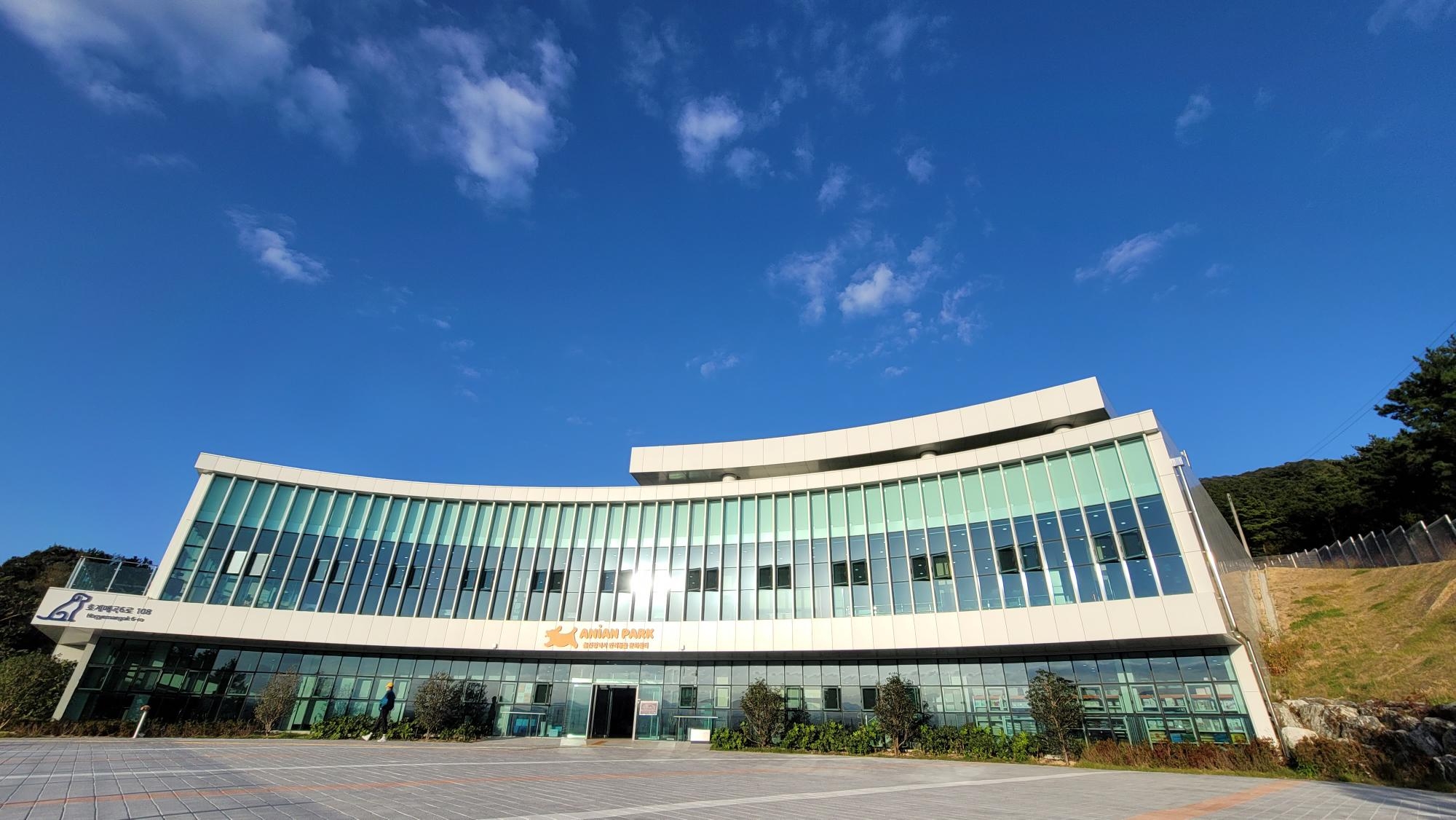
![Homeplus Stores - Ulsan Buk-gu Branch [Tax Refund Shop] (홈플러스스토어즈 울산북구)](http://tong.visitkorea.or.kr/cms/resource/71/2884171_image2_1.jpg)
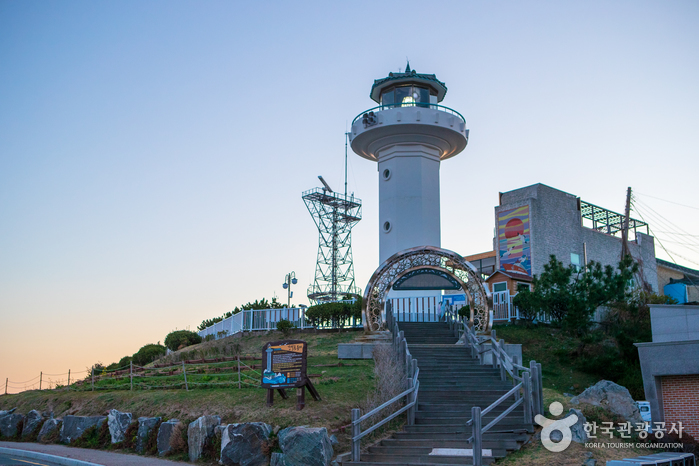

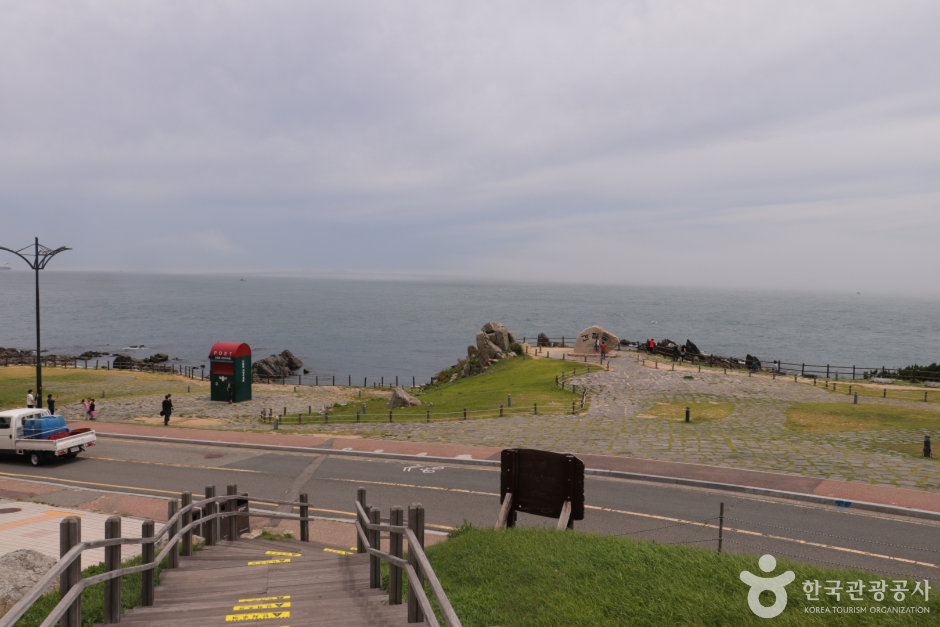
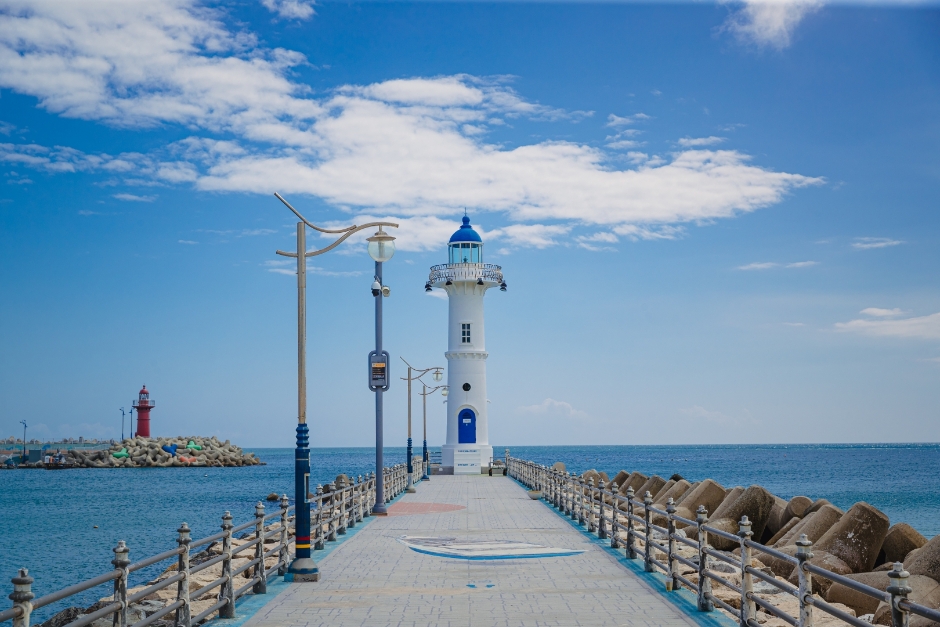
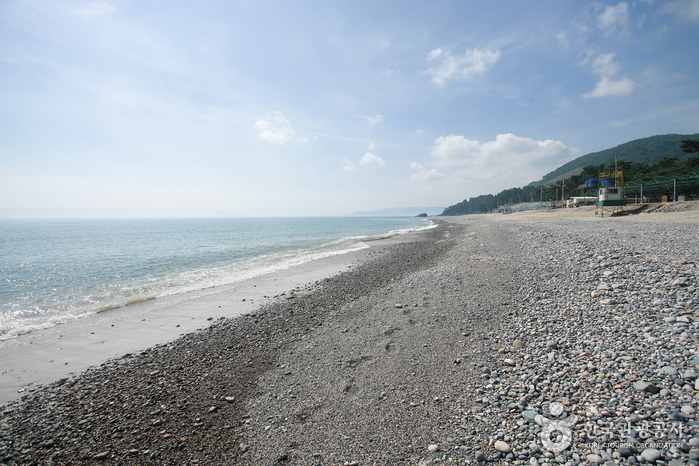
 English
English
 한국어
한국어 日本語
日本語 中文(简体)
中文(简体) Deutsch
Deutsch Français
Français Español
Español Русский
Русский